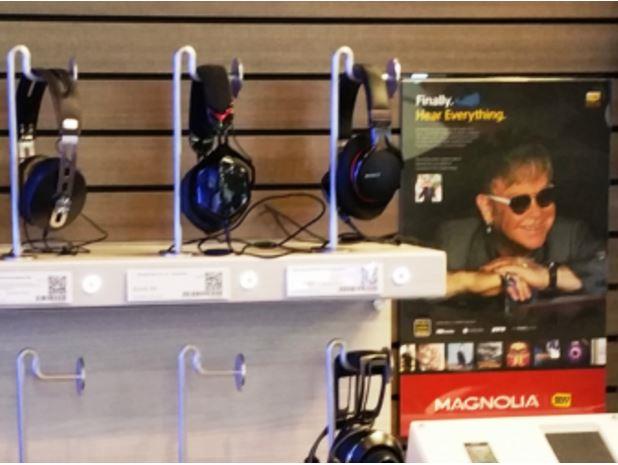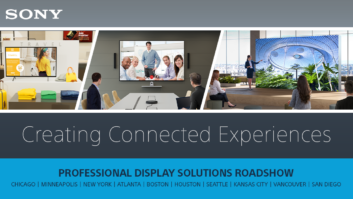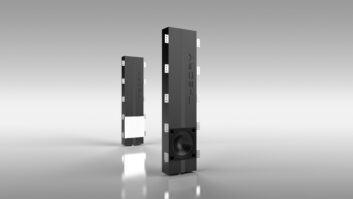
If it seems Sony Electronics is striding with a new spring in its step, it’s because the company is enjoying the fruits of a resurgence that began with a new philosophy three years ago.
“We are changing our culture,” explained Mike Fasulo, Sony Electronics North America president/COO at a recent analyst meeting the company held at its San Diego HQ. “Three years in, it’s now a trend – we’ve been culturally changing the organization. We’ve reduced costs but improved quality.”
After another down year in 2013, Fasulo and Sony embarked on a mission to re-concentrate on core businesses, a reset with a focus on the customer at retail and premium products. Sony started with streamlining its TV and digital imaging divisions, concentrating on lower volume/higher margin premium products while cutting SKUs overall, especially in entry-level and under-performing segments.
“We needed to answer the consumer question, ‘Why Sony?’,” Fasulo explained. “We started with TV, which was bleeding the most, then cameras, which were doing well but it was time to be disruptive, and now we’re adding on audio.”
On the TV side, this new philosophy is exemplified by Sony’s critically acclaimed Z-series 4K UHDs, which Sony hopes will give LG’s OLEDs a run for the premium videophile eye and dollar, and which have given Sony growing chunks of the $1,500-plus and 75-inch and larger markets.
On the camera side, the company combined its consumer and professional divisions, and is determined to make a run at Canon and Nikon for not only the enthusiast, but the prosumer and professional markets as well. The company recently started selling three new premium flagships: the compact RX100 Mark V, the mirrorless ICL APS-C a6500, and the a99II D-SLR. Both the new cameras and their premium predecessors have and will help to grow Sony’s share of the total ILC and full frame markets, Sony said.
As a result of these premium product-directed and culture-shifting efforts, Sony has increased both revenue and profit in its U.S. electronics business over the last three years. “We can stay true to premium value and still win,” Fasulo said.
In the coming year, the company plans to tackle the audio sector with a similar premium/value philosophy. “I’m getting nervous saying this too often, but we’ve neglected a segment of the industry we can do well with,” Fasulo emphasized.
While Fasulo and Toshi Okuda, Sony’s consumer sales and marketing president, were hazy on exact CES audio product plans, soundbars, over-ear headphones, Wi-Fi speaker systems and AVRs were cited as potential growth areas in which Sony could capitalize.
“Audio has made progress,” Fasulo reported. “Not nearly to the extent that we’d like, and not as much as we’ve made on TVs and cameras, but there’s a lot of opportunity.”
Okuda cited the sales success of its Wi-Fi endowed and high-res audio-compatible HT-NT5 soundbar, and the recently released MDR-1000x Bluetooth/active noise-canceling headphones — designed to take on and even surpass similar products from Bose and Plantronics to become the noise-canceling market leader — as examples of Sony’s new audio direction.
One premium audio area in particular Sony plans to expand upon is high-res audio, which the company hopes can become more mainstream. For the first time at CES, Hi-Res Audio will have its own booth (14506 Central Hall), which Sony will share with the three major music labels (Sony, Universal and Warner), along with hardware partners including AstellaKern, Elae, Samsung, dCSm Audioquest, Onkyo, dts, MQA, and the Academy of Recording Arts & Sciences.
The company also is evolving its smart home strategy, potentially employing its Android TV-powered smart TVs as a hub, similar to the strategy being deployed by Samsung with its Tizen smart TV OS and SmartThings compatibility, and LG with its webOS TV system and its nascent SmartThinq ecosystem.
Okuda noted that the Android TV platform, with its connection to Google and Nest, is potentially more open and expansive than either of its Korean competitors’ solutions.













